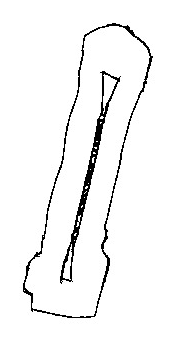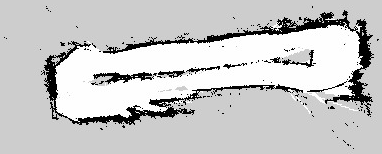Hi,
Lidar and Visual SLAM approaches behave differently depending on the environments. In indoor environments where there is a lot of geometry, a lidar-based slam would be more stable over time as loop closures can be detected in any direction (if we assume a lidar with >180 deg field of view). See this
paper for a comparison with RTAB-Map in lidar-mode or stereo-mode. In particular Table 8.
For the results you have, they are what would be expected from a lidar and a stereo setup. Recopying your images here (Lidar on left and stereo on right):


If you loop many times the same area, you may expect more double walls with a visual approach as less loop closures would be found. In particular in textureless environments (e.g., with mostly white walls), visual SLAM would drift more than lidar SLAM.
Note that with RTAB-Map, you can combine the lidar with the camera, see
http://wiki.ros.org/rtabmap_ros/Tutorials/SetupOnYourRobotcheers,
Mathieu